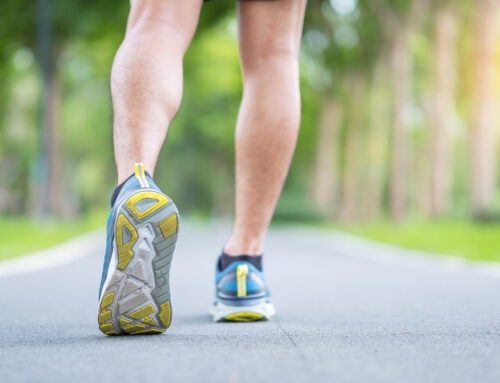Sclerotherapy is a minimally invasive procedure used to treat varicose and spider veins by injecting a sclerosing agent directly into affected veins. This treatment effectively improves both the aesthetic appearance and symptoms associated with these conditions. Post-sclerotherapy care is crucial to optimize recovery and achieve long-term results. Here’s an expanded guide to navigating life after sclerotherapy, in
Understanding Sclerotherapy
Sclerotherapy involves the injection of a solution, typically a salt solution, directly into the vein. The solution irritates the lining of the blood vessel, causing it to collapse and stick together, and the blood to clot. Over time, the vessel turns into scar tissue that fades from view. This procedure is primarily used to treat varicose veins and spider veins. It’s an effective treatment that has been used since the 1930s.
What to Avoid After Sclerotherapy
After undergoing sclerotherapy, it’s important to steer clear of certain activities and habits that can interfere with the healing process and potentially compromise treatment efficacy:
- Avoid Strenuous Activities: Refrain from engaging in vigorous exercise, heavy lifting, or activities that increase blood pressure for several days following treatment. Physical exertion can strain the treated veins and hinder the closure process initiated by the sclerosing agent. Light walking is encouraged to promote blood flow, but avoid anything that could cause significant pressure on the legs.
- Direct Sun Exposure: Protect the treated areas from direct sunlight or tanning beds. UV radiation can impact the healing of the skin overlying the treated veins, leading to pigmentation changes or complications. If you must be outdoors, wear sunscreen and cover the treated areas with clothing.
- Hot Baths and Saunas: Skip hot baths, hot tubs, and saunas for a few days post-treatment. Heat exposure can dilate blood vessels and interfere with the sclerosing agent’s ability to effectively close off the treated veins. Opt for lukewarm showers instead to avoid any potential complications.
- Compression Garments: Depending on your doctor’s recommendation, wear compression stockings or garments to apply consistent pressure on the treated veins. Compression aids in vein closure, reduces swelling, and lowers the risk of complications such as deep vein thrombosis (DVT). It’s usually recommended to wear these garments for a few weeks after the procedure.
- Medications and Supplements: Consult your healthcare provider before taking any medications or supplements after sclerotherapy. Certain medications, particularly blood thinners, can interfere with the healing process or increase the risk of bruising at the injection site. Always inform your doctor about any medications you are currently taking.
How Long After Sclerotherapy Do Veins Disappear?
The timeline for veins to fully disappear after sclerotherapy varies depending on several factors, including the size and extent of the treated veins, individual healing capacity, and adherence to post-treatment care guidelines:
- Immediate Results: Smaller veins may collapse and fade almost immediately or within a few weeks following treatment. The sclerosing agent initiates a process that causes these veins to shrink and eventually be reabsorbed by the body. You may notice some improvement right after the procedure, but full results can take time.
- Larger Veins: Larger varicose veins may take longer to resolve completely. It’s common for visible veins to gradually diminish over a period of several weeks to months as the body naturally absorbs the treated tissue. In some cases, multiple treatments may be necessary to achieve the desired results.
- Follow-Up Sessions: Some individuals may require multiple sclerotherapy sessions spaced several weeks apart to achieve desired results, especially for larger or more persistent veins. Your healthcare provider will assess your progress and recommend further treatments as needed to optimize outcomes. Patience is key, as full resolution can take time.
Should I Elevate My Legs After Sclerotherapy?
Elevating your legs post-sclerotherapy can significantly aid in recovery and enhance treatment effectiveness:
- Immediate Post-Treatment: Elevate your legs above heart level during the first few days following sclerotherapy. This position helps reduce swelling, promotes circulation, and prevents blood from pooling in the treated veins, facilitating faster healing. It’s best to do this several times a day for 15-20 minutes.
- Ongoing Recovery: Even after the initial recovery phase, periodic leg elevation remains beneficial, particularly if you have a sedentary lifestyle or spend prolonged periods standing. Elevation helps alleviate discomfort, minimizes swelling, and supports overall vein health. Incorporate leg elevation into your daily routine to aid long-term recovery.
- Compression Therapy: Pair leg elevation with wearing compression stockings or garments as recommended by your healthcare provider. Compression therapy helps maintain consistent pressure on the treated veins, aids in vein closure, and reduces the likelihood of recurrence or complications. Wearing compression garments as directed can significantly improve outcomes.
Additional Tips for Recovery
In addition to the above guidelines, consider incorporating these practices into your post-sclerotherapy care routine:
- Hydration: Drink an adequate amount of water daily to stay hydrated. Proper hydration supports overall circulation, aids in flushing out toxins from the body, and promotes optimal healing of treated veins. Aim for at least 8 glasses of water a day, more if you are active or in a hot environment.
- Healthy Diet: Follow a balanced diet rich in fiber, vitamins, and minerals to support vascular health and enhance recovery post-sclerotherapy. Nutrient-dense foods contribute to improved blood flow and tissue repair. Include plenty of fruits, vegetables, whole grains, and lean proteins in your diet. Foods high in antioxidants and anti-inflammatory properties, such as berries, leafy greens, and fatty fish, can be particularly beneficial.
- Follow-Up Care: Attend all scheduled follow-up appointments with your healthcare provider to monitor your progress, assess treatment outcomes, and address any concerns or questions you may have regarding your recovery. Your doctor may perform ultrasounds to check on the treated veins and ensure proper healing.
- Avoid Tight Clothing: Wearing tight clothing can restrict blood flow and cause discomfort. Opt for loose, comfortable clothing, especially around the treated areas, to ensure optimal circulation and reduce the risk of complications.
- Gentle Exercise: While strenuous activities should be avoided, gentle exercises such as walking can be beneficial. Walking promotes circulation and can aid in the healing process. Aim for short walks several times a day, gradually increasing your activity level as recommended by your healthcare provider.
- Monitor for Complications: Be aware of potential complications such as severe pain, swelling, redness, or warmth in the treated area, which could indicate an infection or blood clot. Contact your healthcare provider immediately if you experience any of these symptoms.
Varicose Vein Treatments and VSF (Varicose and Spider Vein Foundation)
The Varicose and Spider Vein Foundation (VSF) is dedicated to advancing the understanding and treatment of varicose and spider veins through research, education, and patient support. Here’s how VSF can assist in your journey:
- Educational Resources: VSF provides comprehensive information on vein conditions, treatment options, and post-treatment care, helping patients make informed decisions about their health. Their resources include brochures, videos, and webinars that cover a wide range of topics related to vein health.
- Research and Innovation: The foundation supports research initiatives aimed at improving treatment outcomes and developing new, minimally invasive procedures for varicose and spider veins. By funding cutting-edge research, VSF contributes to the advancement of medical knowledge and the development of more effective treatments.
- Patient Support: VSF offers resources and support groups for individuals undergoing treatment, ensuring they have access to the necessary guidance and community support during their recovery process. Connecting with others who have undergone similar treatments can provide valuable emotional support and practical advice.
Psychological Benefits of Sclerotherapy
In addition to the physical benefits of sclerotherapy, many patients experience significant psychological improvements. The appearance of varicose and spider veins can cause self-consciousness and affect a person’s confidence. By improving the aesthetic appearance of the legs, sclerotherapy can boost self-esteem and overall quality of life.
PE.
Conclusion
By adhering to these comprehensive post-sclerotherapy care guidelines and collaborating closely with your healthcare provider, you can facilitate a smoother recovery process and maximize the long-term benefits of sclerotherapy treatment. If you experience any unusual symptoms or have concerns during your recovery, promptly consult your healthcare provider for personalized guidance and support. Sclerotherapy offers an effective solution for varicose and spider veins, promoting both aesthetic improvement and relief from associated symptoms. With diligent care and attention, you can enjoy healthier, more comfortable legs and enhanced confidence in your appearance after sclerotherapy.
The Varicose and Spider Vein Foundation (VSF) continues to support advancements in vein treatment and patient care, ensuring that individuals have access to the latest information and resources for managing vein conditions effectively. By leveraging the support and resources provided by VSF, patients can navigate their treatment and recovery journey with confidence and achieve the best possible outcomes.
Remember, successful recovery from sclerotherapy requires a combination of medical guidance, lifestyle adjustments, and patient commitment. By following these detailed guidelines and maintaining regular communication with your healthcare provider, you can enhance the benefits of your sclerotherapy treatment and enjoy long-lasting results. Whether you are considering sclerotherapy or have recently undergone the procedure, understanding and implementing these recovery tips will help you achieve healthier, more attractive legs.



